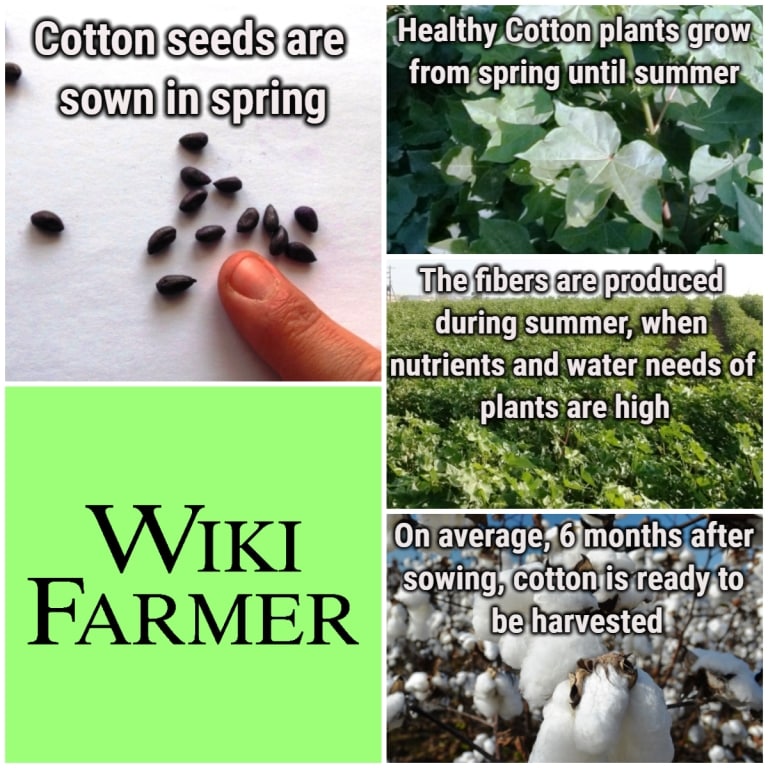How to grow Cotton

This post is also available in:
This post is also available in:
![]() Español (Spanish)
Español (Spanish) ![]() Français (French)
Français (French) ![]() Deutsch (German)
Deutsch (German) ![]() Nederlands (Dutch)
Nederlands (Dutch) ![]() हिन्दी (Hindi)
हिन्दी (Hindi) ![]() العربية (Arabic)
العربية (Arabic) ![]() Türkçe (Turkish)
Türkçe (Turkish) ![]() 简体中文 (Chinese (Simplified))
简体中文 (Chinese (Simplified)) ![]() Русский (Russian)
Русский (Russian) ![]() Italiano (Italian)
Italiano (Italian) ![]() Ελληνικά (Greek)
Ελληνικά (Greek) ![]() Português (Portuguese (Brazil))
Português (Portuguese (Brazil)) ![]() 한국어 (Korean)
한국어 (Korean) ![]() polski (Polish)
polski (Polish)
Cotton Cultivation – Growing Cotton from Seed
As it happens with tomato, pepper and other plants, cotton plants are perennial by nature. However, since we expect to take a fairly uniform and satisfactory production every year, we cultivate it as annual. Unfortunately, cotton can only be cultivated commercially in areas with specific growing conditions. Buying fresh and carefully selected cotton seeds is the first step towards a good yield. The second step is the field preparation, so that it can welcome the seeds and facilitate their germination. Sowing of cotton seeds takes place during spring. Fertilization, Irrigation and Pest Control are extremely important for having a good yield and represent the majority of costs. Unfortunately, cotton plants are very sensitive to various weeds, which compete with them in terms of water, nutrients and access to sunlight. Cotton weed control techniques and management differ significantly between countries.
Cotton harvest takes place during autumn. Immediately after the harvest, we destroy the plants, so that we can sow the seeds again next spring in an empty field. In most areas of US, sowing takes place during March-May and harvesting is performed between August and October. In Australia, sowing takes place during September-November and harvesting from March to May.

You can enrich this article by leaving a comment or photo of your cotton field management methods and techniques.
2.) How to grow Cotton
3.) Cotton Plant Growing Conditions
4.) Cotton Sowing – Seeding Rate – Number of Plants per Acre & Hectare
6.) Cotton Plant Fertilizer Requirements
Do you have experience in Cotton cultivation? Please share your experience, methods and practices in the comments below. All the content you add will be soon reviewed by our agronomists. Once approved, it will be added to Wikifarmer.com and it will influence positively thousands of new and experienced farmers across the world.








































































